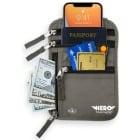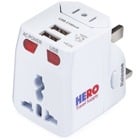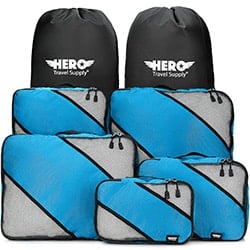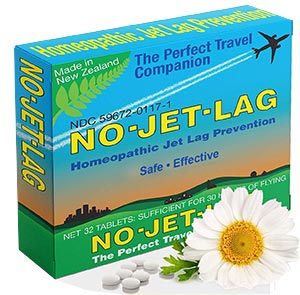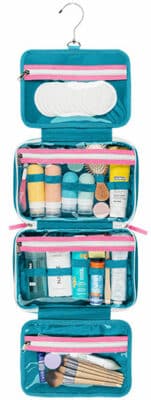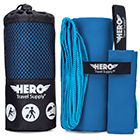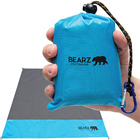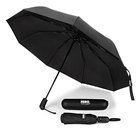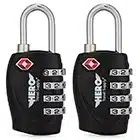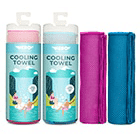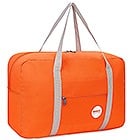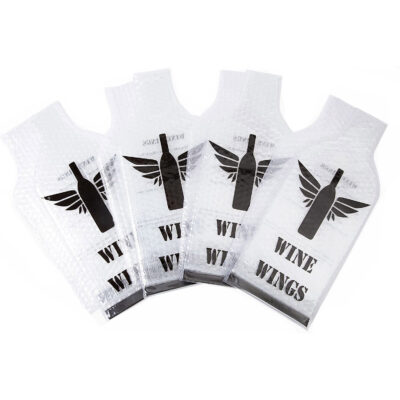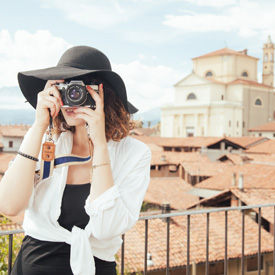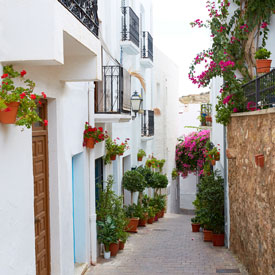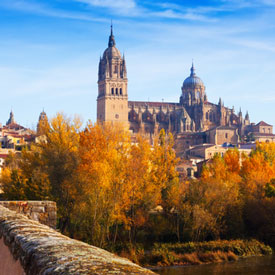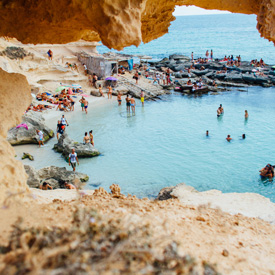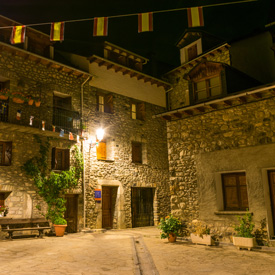There’s a prevailing myth that the weather in Spain is perfect all year round. While many parts of the country enjoy wonderful weather much of the time, every part of Spain endures some rougher weather and seasonal changes. The golden rule is to do some research on the specific region you’ll be visiting, but the guidelines below should be more than enough for most travelers.
SPRING – March, April, May
Spring in Spain is lovely, and a hot time for tourism. When winter finally lets go, the air warms and the weather stays mild, so sun is plentiful. In certain parts of Spain it’s not uncommon to have a few days that are warm enough for beach time, but don’t plan on spending all of your time sunbathing in a bikini.
Most of Spain enjoys breezes and temps comfortable enough to dine outside without a jacket, but remember that rain is not uncommon in spring.
Pack a good rain jacket and a windproof travel umbrella so that you’ll be prepared should you be caught in a rain shower. A layering shawl is ideal to protect you from the chill of cooler evenings. Temperatures average between 55°F and 65°F (13°C to 18°C) with earlier months being the coldest.
SUMMER – June, July, August, part of September
This season brings heat to the whole country, though the northern areas are much milder than the southern regions. Rain can still be expected, especially in the north, so bring a rain jacket and a good umbrella!
Pack light layers to ward off occasional breezes and to protect your skin from the sun, but expect to tolerate some higher heat, too. A sunhat, sunglasses, and beachwear (swimsuit, swimsuit cover-up, flip flops) are definitely appropriate – just keep beachwear at the beach and the pool. Temperatures average between 70°F and 85°F (21°C to 29°C).
FALL – September, October, November
A magical and mild time in Spain, the fall brings some crispness to the air and the changing of the leaves. When packing for a fall trip, be sure to include a light jacket and a scarf or shawl – you’ll want to have something to ward off the evening chills that can also keep you cozy on colder days.
Crowds are prevalent since the weather is so nice (this is a high-season, after all), so you’ll encounter throngs of eager visitors at attractions.
Sometimes winter tends to sneak in a bit early, so it’s a good idea to check local weather forecasts right before you go and to pack accordingly. Temperatures average between 55°F and 70°F (13°C to 21°C) with later months in the colder ranges.
WINTER – December, January, February, part of March
Winters in Spain tend to be drier than other places in Europe, and are fairly mild with regard to weather. Obviously, this is the coldest season of the year, so pack accordingly, and don’t forget to bring layering items that can be mixed and matched so that you can avoid bringing too much clothing!
You may only need a fleece or a mid-weight jacket if you’re used to the cold, but if you come from a place where cold is uncommon you may want to opt for a heavier coat and a hat and gloves. Certainly, if you’re planning to ski or take part in other snow sports while on your trip, you’ll need to pack appropriate gear. Temperatures average between 45°F and 50°F (7°C to 10°C).





